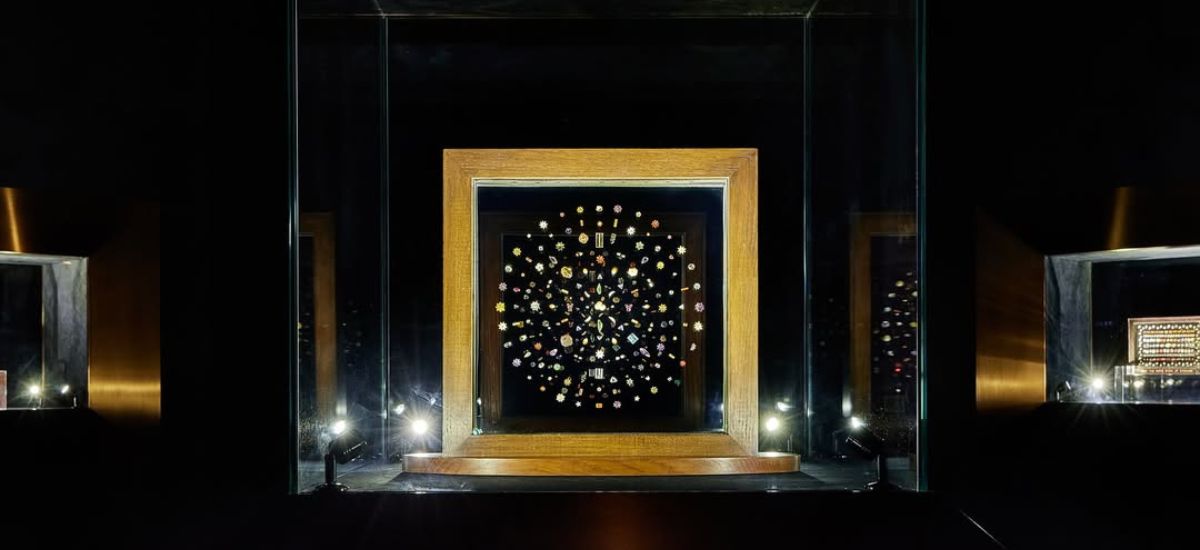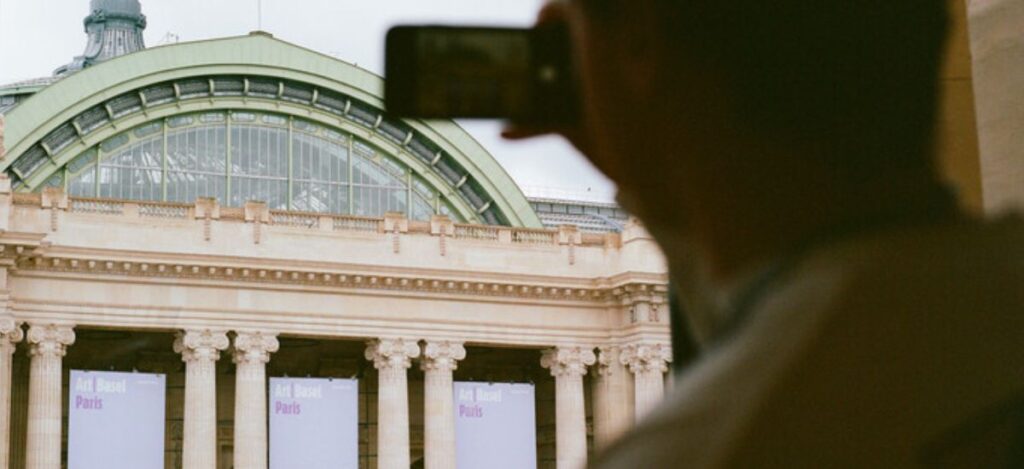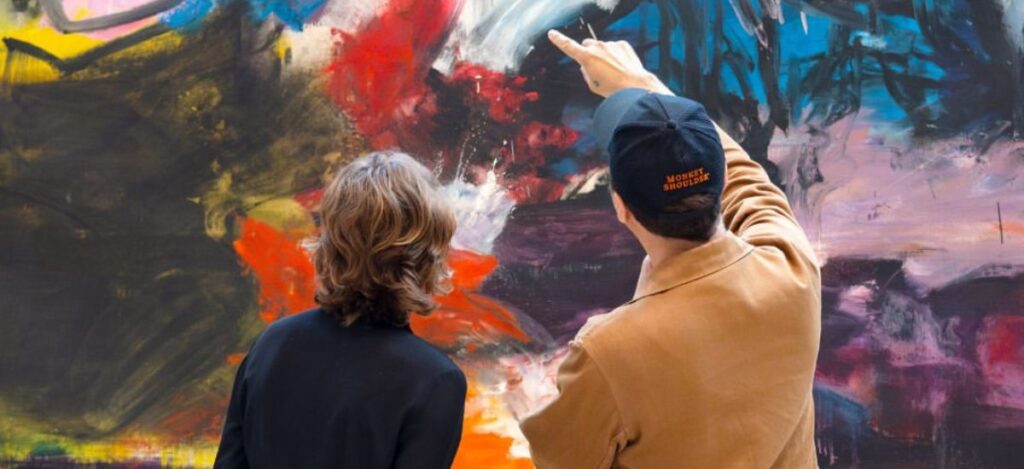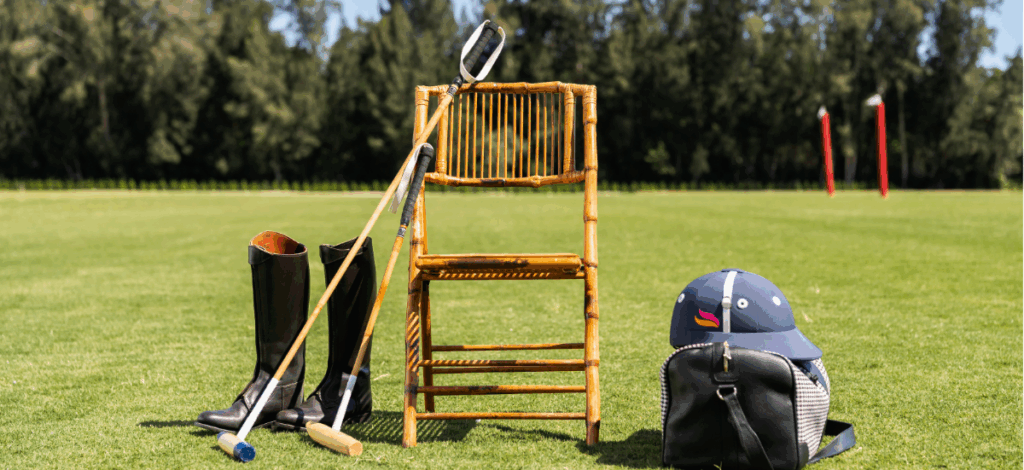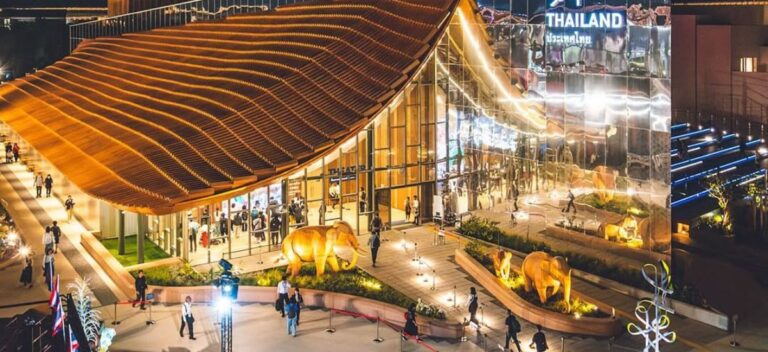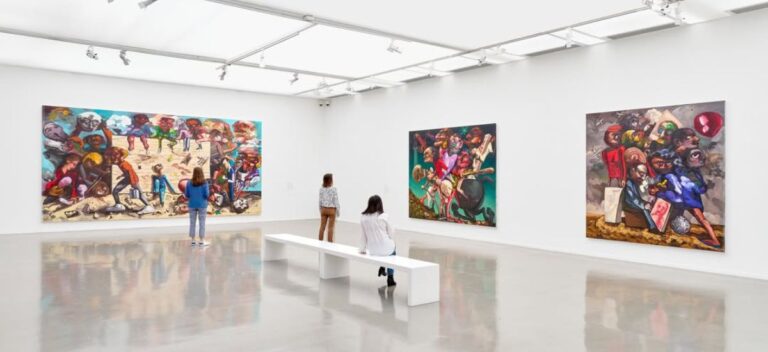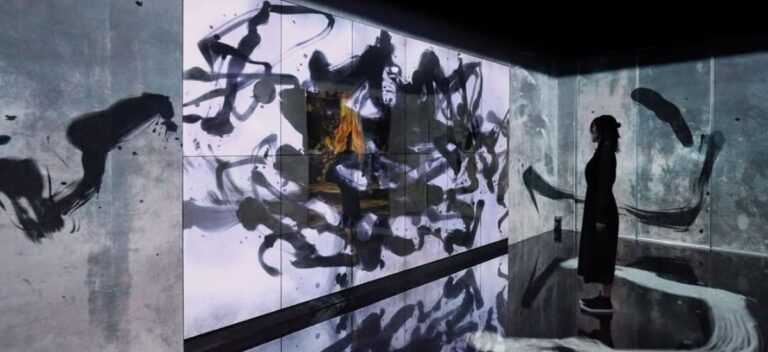On May 7, 2025, Sotheby’s Hong Kong will offer “The Piprahwa Gems of the Historical Buddha,” a cache of amethysts, garnets, pearls, and gold ornaments unearthed in 1898 at Piprahwa, Uttar Pradesh.
Estimated at HK$100 million (~US$12.9 M), the sale could become one of the most expensive auctions of South Asian antiquities this decade. Yet Buddhist leaders and academics decry the move as a commodification of sacred heritage.

